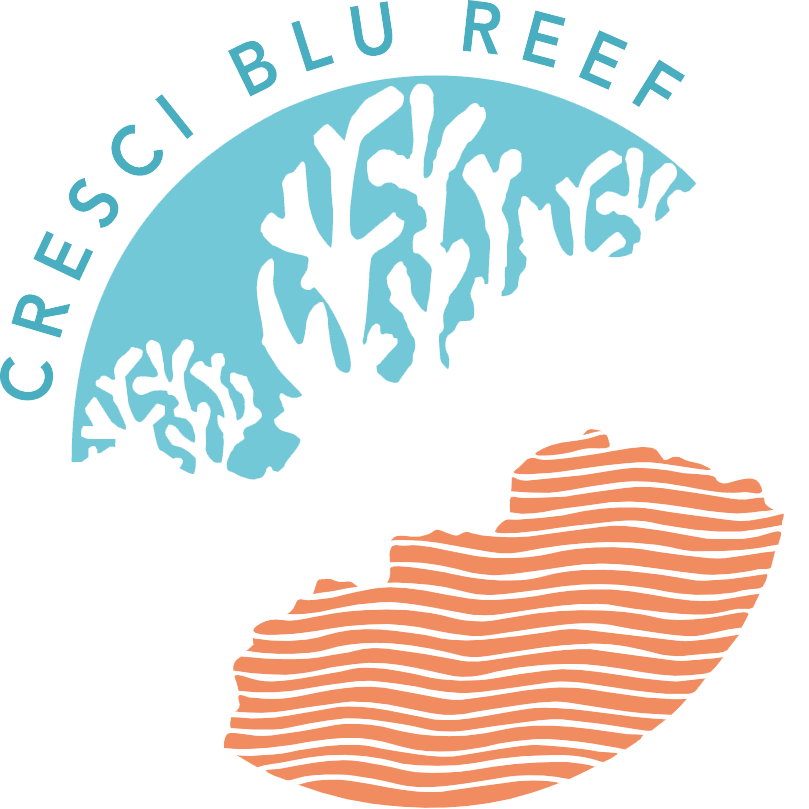Along the Mediterranean continental shelf, several types of marine bioconstruction occur. They grew during the Holocene and constitute important archives of recent environmental changes, recorded in the skeletons of the biological components that determined their accretion. Unlike their tropical counterparts, these temperate reefs are deeper and, perhaps also for this reason, not yet adequately studied.
The project focuses on Coralligenous bioconstructions, mainly generated by calcareous red algae (algal reefs), and on its variability of structure and components along a depth gradient off Marzamemi (SE Sicily). In the framework of the principles of the European Blue Growth strategy, we’ll develop and test a ROV-based, innovative technology for minimally invasive sampling.
Cresci Blu Reef is aimed at understanding the tempo and mode of the Coralligenous inception and development, the type of accretionary structures and their growth rate, also in connection with the Holocene climate fluctuations recorded by geobiological and geochemical proxies.
Tackling the historical structure and the framework of the Coralligenous is complementary to the biological research approach, which is aimed at assessing exclusively the biodiversity and ecological functioning of the surface living layer.
The planned activities include geo-paleontological and biogeochemical investigations associated with the monitoring of the main environmental parameters, the mapping of the seabed and a sub-bottom survey. A photogrammetric reconstruction will be made available for remote analyses and virtual reality tours.

